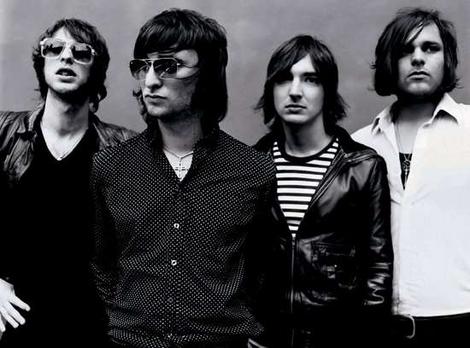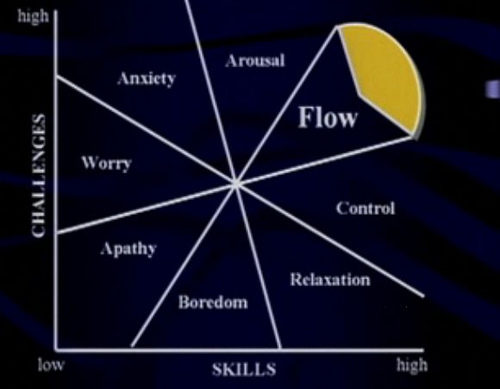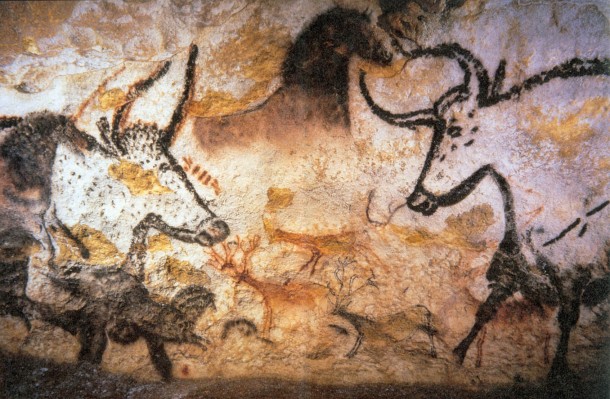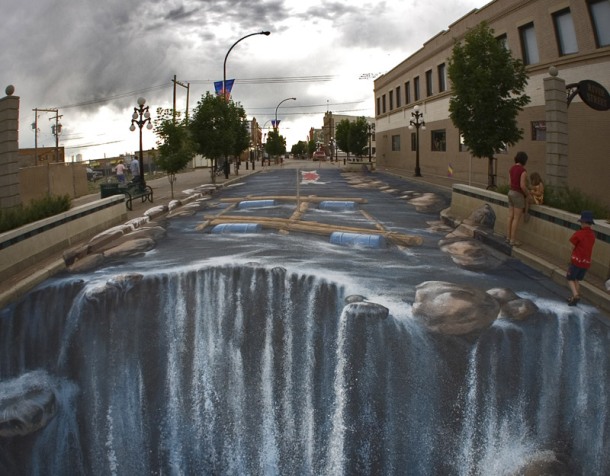Here are a few more work examples from my photomedia unit.
One of our assignments was to capture movement, both frozen and blur. Here are a few of my photos.
Using high shutter speeds, 1/250 and higher, we are able to freeze movement which allowed the sand running through their fingers to look grainy, and cooler. I didn’t use this photo for my assignment but I was really happy with this photo. These four beautiful hands belong to my cousins Elliana, 7, and Bailey, 6, and I really liked that it brought out their youth and innocence in this photo.
Another frozen shot, this time freezing the movement of water. I really enjoyed taking these few photos, it meant I got to completely saturate my little sister! I got my sister to cover her head with her hands as some would do if a bucket of water was being held over your head. Although, the main reason I got her to cover her head and face was because after a few shots of my mum bursting a water balloon over her head, her facial expression hinted she was getting angry and frustrated at me (can you imagine?) so I decided to take this last shot hoping it worked. It did. The problem with this photo and the one above was that it wasn’t all in focus, which meant the shot wasn’t completely frozen and I wouldn’t get as good of a mark. Again, I used a high shutter speed to freeze the water as soon as my Mum burst the balloon, freezing its’ movement before wetting my sister.. again!
Finally, this is the frozen photo I used for my assignment in the end. A trip to the Perth Royal Show with my 10 year old cousin, Jordan, had me experimenting all day with my frozen photos. I went to the show hoping I’d get a good shot of the swings, mid-air, to really emphasise movement even though it’s frozen. I believe I used a high shutter speed of 1/500 to take this photo and I’m glad it turned out alright, after I had developed my film. In the printing process of this photo, I had to use the burning and dodging techniques so I could still see the detail of the clouds in the sky. By this, I had to cover everything in this picture besides from the sky, letting more light onto it to bring out the darkness behind the clouds.
Picturing the dark assignment. For this assignment our task was simply to take photos in the dark, or at night. Sounds pretty easy, right? When you have a film camera, you don’t use flash because it flattens the image, instead we use a torch, light post, any light in the photo or that shines on the photo and we take a light metre reading. A light metre tells us how much light we must let in to the camera for the correct exposure. We have to manually set the aperture, shutter speed and also lie to the camera, changing the ISO from a 400 to 1600, even when we are using 400 ISO film. Then in the process of developing our film, we must use the developer used for the 1600 film and push process our film to get the best results. There are a few different techniques I used for this assignment, which I will talk to you about below.
NB: These are photos I have printed but have not used for my assignment. I don’t have the assignment photos to show you because they are being assessed at the moment.
 First, here’s a photo of some sheets hanging up on the washing line with an outside light shining down on the sheets, although not lighting it up that much. My aim was to make this look scary, the sheets being white and, therefore, making the person darker, where you can’t see their eyes, but also creepy because they are staring/spying on you, peeking through a couple of sheets in the middle of the night. Do you think if this person was standing in front of the sheets, it have the same effect? The light metre reading was taken at the side of her face which allows you to still see a bit of detail in her face, enough that you know it’s a person. I once heard someone say, “You’re not afraid of the dark, you’re afraid of what’s in it,” and isn’t that the truth. The connotations that something dangerous might be waiting for you is what terrifies us most, and that’s where I was going with this photo. You see the sheets, you see the outline of this person but everything else is just black, and that’s where the fear comes from. It’s the fear of not knowing what awaits you in the dark and that, my friends, is why I slept with a night light for a lot of my childhood years. It wasn’t that a light was just turned off that worried me, it was the fear that the Boogeyman lived inside my closet.
First, here’s a photo of some sheets hanging up on the washing line with an outside light shining down on the sheets, although not lighting it up that much. My aim was to make this look scary, the sheets being white and, therefore, making the person darker, where you can’t see their eyes, but also creepy because they are staring/spying on you, peeking through a couple of sheets in the middle of the night. Do you think if this person was standing in front of the sheets, it have the same effect? The light metre reading was taken at the side of her face which allows you to still see a bit of detail in her face, enough that you know it’s a person. I once heard someone say, “You’re not afraid of the dark, you’re afraid of what’s in it,” and isn’t that the truth. The connotations that something dangerous might be waiting for you is what terrifies us most, and that’s where I was going with this photo. You see the sheets, you see the outline of this person but everything else is just black, and that’s where the fear comes from. It’s the fear of not knowing what awaits you in the dark and that, my friends, is why I slept with a night light for a lot of my childhood years. It wasn’t that a light was just turned off that worried me, it was the fear that the Boogeyman lived inside my closet.
This is a photo of Fremantle at night, where the street lights and the lights from restaurants are how I got the right light reading. I really liked how the light reflected on the water and how you could see the ferris wheel in the background, so I decided to play with the romantic theme at night. Which brings us back to Week 1’s reading, where Ekirch (2005) described the power of light in the dark, which created romantic sceneries as well as protection from harm etc. The couple on the sidewalk, walking towards the beautiful lit up scenery emphasises the notion of love and romance, where they are standing close together etc. protecting each other. The light metre reading was taken of the whole scenery, although aiming at the water which gives it the most detail.
 Last but not least, this photo was my most creative one I believe, and I took this photo for my own experimentation rather than for this unit. This technique is called “painting with light” where you have a torch and you literally paint in the person or thing you want to be visible in the image. For this technique you need to set your aperture whichever lets in the most light, use either a long shutter speed on your camera, or set it to ‘B’ which keeps the shutter open for as long as you hold the shutter open. I set my camera on a tripod (otherwise I would’ve got camera shake), I set it on B, shone the light on the subject to focus before making my exposure, and then I was ready to go. I got my sister to put her hands up straight, and when I turned the light off to move her hands down a little, and then I turned the torch back on and painted the next part of her body, turned the torch off and did it again etc. until her hands were by her side. The tricky part of actually painting something with this is when you shine the torch on the same part of the subject for too long, it burns the film, making it snow white and no detail when you go to print. The first roll of film I had tried this technique but burnt it because i kept the torch in the same position which lit up the whole body every time the torch went back on. Meaning the arms would look okay although there was a big white blurry silhouette where her body was. Now that I knew my problem, I knew how to fix it. With this photo I gave my sister the same instructions but instead I painted the top of her body where her arms were extended, turned off the torch got her to move her arms down and then paint the strip of her body where her arms were extended etc. so I never painted one section for too long. There is no particular reason why I took this image except for my personal achievement to think outside the box and use techniques that are more challenging.
Last but not least, this photo was my most creative one I believe, and I took this photo for my own experimentation rather than for this unit. This technique is called “painting with light” where you have a torch and you literally paint in the person or thing you want to be visible in the image. For this technique you need to set your aperture whichever lets in the most light, use either a long shutter speed on your camera, or set it to ‘B’ which keeps the shutter open for as long as you hold the shutter open. I set my camera on a tripod (otherwise I would’ve got camera shake), I set it on B, shone the light on the subject to focus before making my exposure, and then I was ready to go. I got my sister to put her hands up straight, and when I turned the light off to move her hands down a little, and then I turned the torch back on and painted the next part of her body, turned the torch off and did it again etc. until her hands were by her side. The tricky part of actually painting something with this is when you shine the torch on the same part of the subject for too long, it burns the film, making it snow white and no detail when you go to print. The first roll of film I had tried this technique but burnt it because i kept the torch in the same position which lit up the whole body every time the torch went back on. Meaning the arms would look okay although there was a big white blurry silhouette where her body was. Now that I knew my problem, I knew how to fix it. With this photo I gave my sister the same instructions but instead I painted the top of her body where her arms were extended, turned off the torch got her to move her arms down and then paint the strip of her body where her arms were extended etc. so I never painted one section for too long. There is no particular reason why I took this image except for my personal achievement to think outside the box and use techniques that are more challenging.
Thanks for reading guys.















